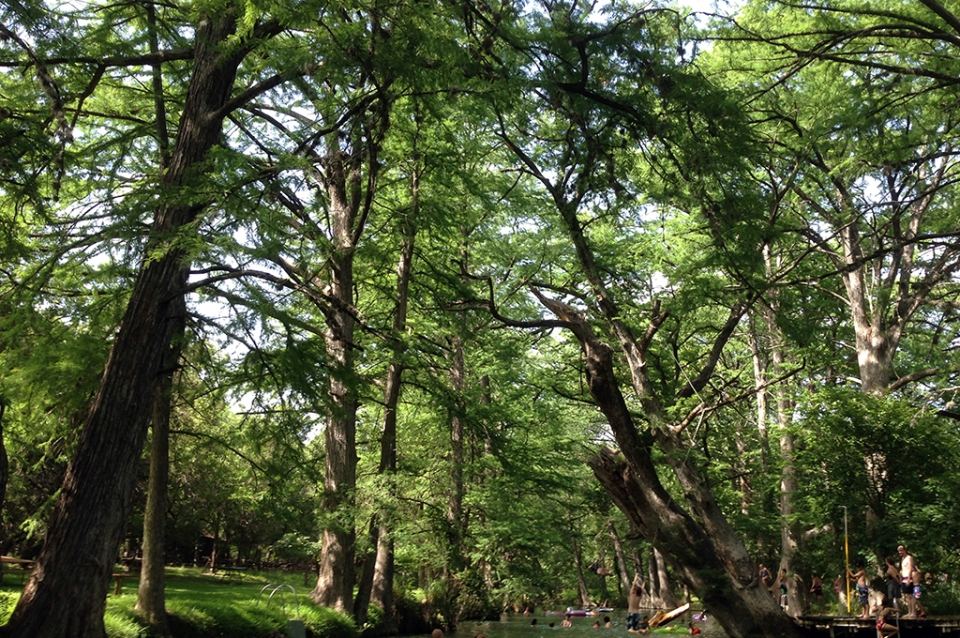February 22, 2019
Stuart Weitzman School of Design
102 Meyerson Hall
210 South 34th Street
Philadelphia, PA 19104
Get the latest Weitzman news in your Inbox
Media Contact
Michael Grant
mrgrant@design.upenn.edu
215.898.2539
In simple terms, ecosystem services are the goods and services of benefit to humans that are produced through the interactions of living elements (such as vegetation and soil organisms) and nonliving elements (such as bedrock, water, and air). In two new essays, Dean and Paley Professor Fritz Steiner looks at ecosystem services through two distinct lenses: in the context of ecological aesthetics and as a framework for design and planning in the Anthropocene.
In his contribution to Ecological Wisdom: Theory and Practice (Springer, 2019), a book-length introduction to the subject edited by Bo Yang and Robert Frederick Young, Steiner uses eight examples to illustrate how four types of ecosystem services can be applied to the built environment. “The application of ecological wisdom certainly has practical benefits for people,” he contends, “but extends to concern for all life with advantages for other species and our shared futures on this planet.” Written for students as well as professionals in planning, architecture, landscape architecture, and civil engineering, the article is entitled “The Wisdom of Looking Forward Through Ecological Design and Planning” and is online at springer.com.
In “Toward an ecological aesthetic,” published in the January 2019 issue of Socio-Ecological Practice Research, Steiner trains our attention on our sensual connections to natural and cultural processes. He traces a tradition of thought from Darwin to Aldo Leopold, and from McHarg to Anne Whiston Spirn, then focuses on the Sustainable SITES Initiative—a program which Steiner had a hand in developing while he was dean of the School of Architecture at UT Austin—as a vehicle for creating places that both function more efficiently and offer a fresh aesthetic. Following is an excerpt; the full text is online at springer.com.
To produce places that connect with people and nature, we must learn how to read landscapes. Anne Whiston Spirn noted that this requires a knowledge of the “language of landscape” that enables us to understand the “deep context” of our surroundings (Spirn 1998). That context is grounded in the fundamental climatic–geologic–hydrologic processes that shape territories. We humans exert such a dominant influence on those processes globally that we have entered a new geologic era of our making—The Anthropocene. This era adds another layer of responsibility regarding our actions and our inactions.
We need to take walks and to ask what is under our feet. Rocks and soils and river basins have histories. We should learn those histories. Where does our water come from? Is the source dependable? What is the annual rainfall? Look at the clouds; feel the wind. How does the weather change through the day; through the year? How might climate change affect water flows and volume?
We need to look around and see what else is alive. What plants grow in our neighborhood? Are they native or imported? The birds: do they migrate by seasons or stay put? Where do these flying creatures eat and mate? What other animals live around us? How about honey bees? Bees seem to like urban living. And us: How do we organize our communities, cities, and regions? What are our histories, our laws, our institutions? What do we believe in?


 Expand Image
Expand Image


